Optimal Timing for Cottonwood Tree Trimming
Understanding the optimal timing for Cottonwood Tree Trimmings is essential for maintaining tree health and structure. Proper timing can reduce the risk of disease, improve growth, and ensure safety around the property.
Late winter to early spring is ideal for trimming before new growth begins, promoting healthy development.
Light trimming during summer can help manage growth and remove dead or diseased branches.
Late fall is suitable for removing deadwood and preparing the tree for winter dormancy.
Trimming during winter can expose the tree to cold damage and increase susceptibility to pests.
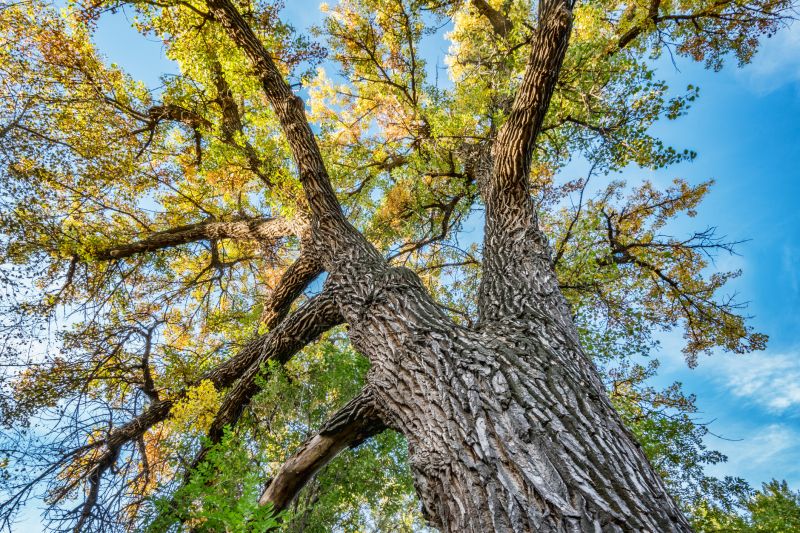
Pruning before bud break encourages healthy growth.
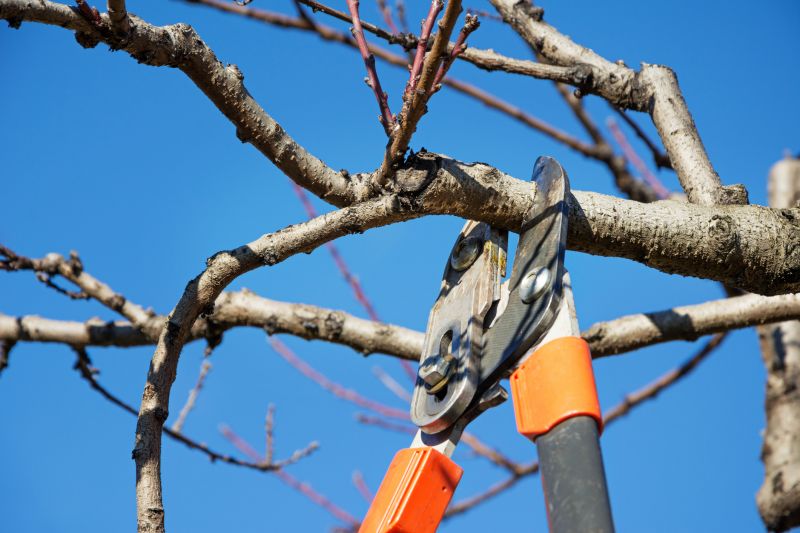
Managing growth during the warmer months.
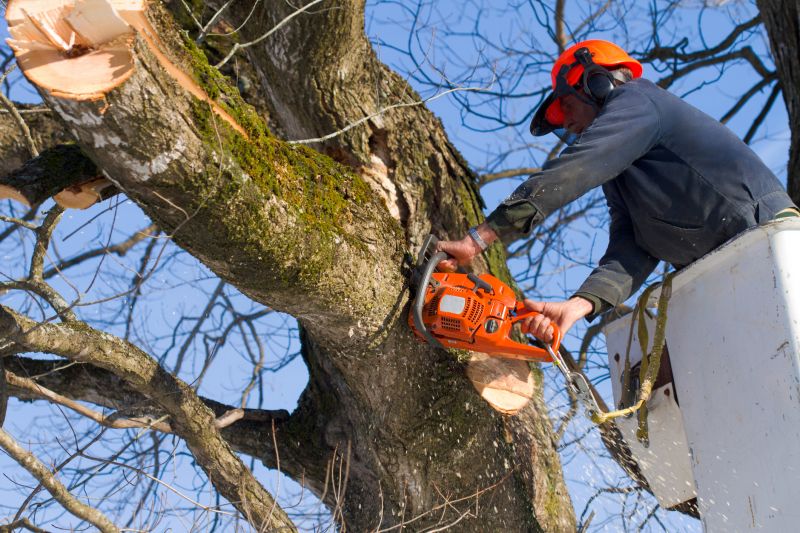
Removing dead branches in preparation for winter.

Avoiding pruning during cold weather.
| Season | Recommended Trimming Activities |
|---|---|
| Spring | Prune before new growth begins to promote healthy development. |
| Summer | Perform light trimming to manage growth and remove damaged branches. |
| Fall | Remove deadwood and prepare the tree for dormancy. |
| Winter | Generally avoid trimming due to cold exposure and pest risks. |
Cottonwood trees are fast-growing deciduous trees known for their broad leaves and vigorous growth. They are often found near water sources and can reach heights of up to 100 feet. Proper trimming supports their structural integrity and health. Regular pruning can prevent limb failure, improve airflow, and reduce the risk of disease. Statistics indicate that timely trimming can extend the lifespan of Cottonwood trees and enhance their aesthetic appeal.
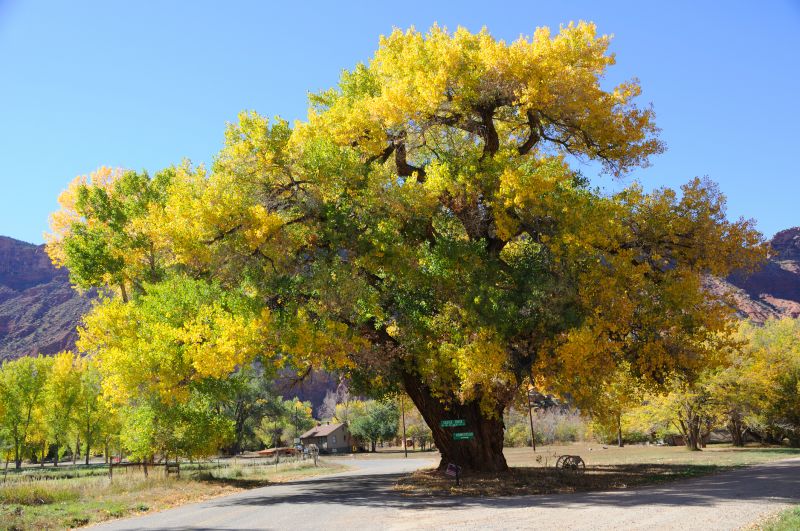
Maintains structural integrity and promotes growth.
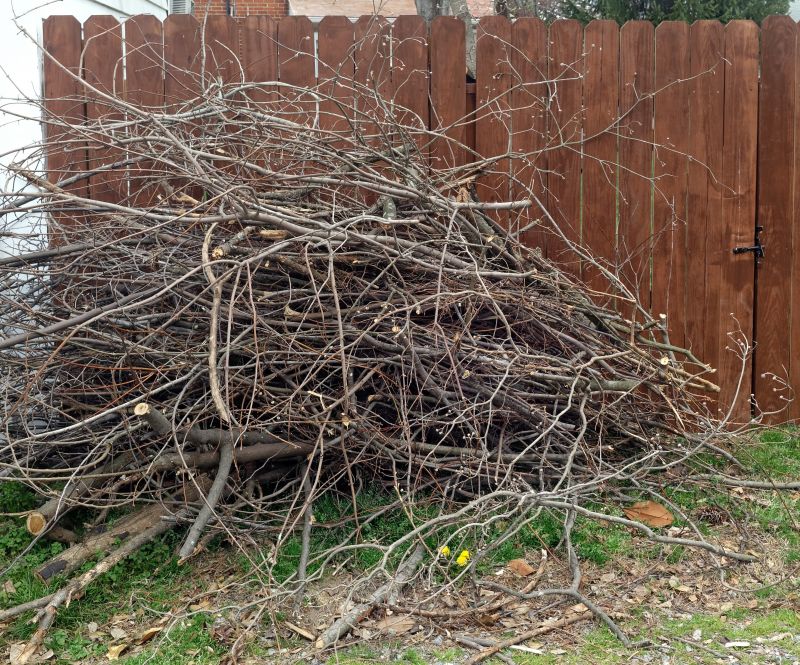
Shows removal of dead or diseased limbs.
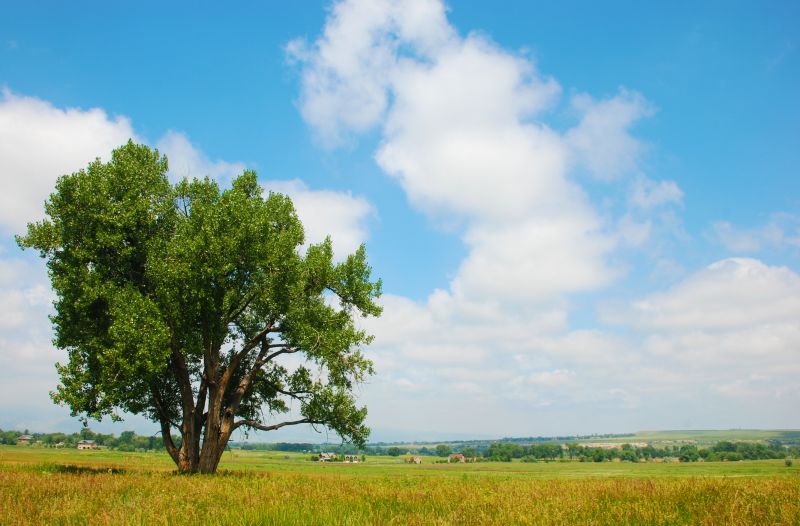
Healthy, well-maintained canopy.
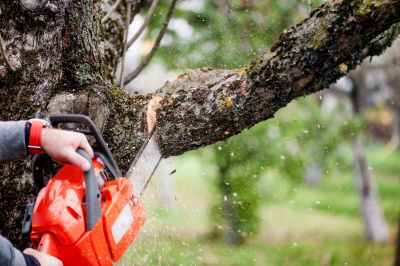
Different approaches for each season.
Interested in maintaining the health and appearance of a Cottonwood tree through proper trimming? Filling out the contact form can provide guidance on the best practices and timing tailored to specific tree conditions and local climate factors.
